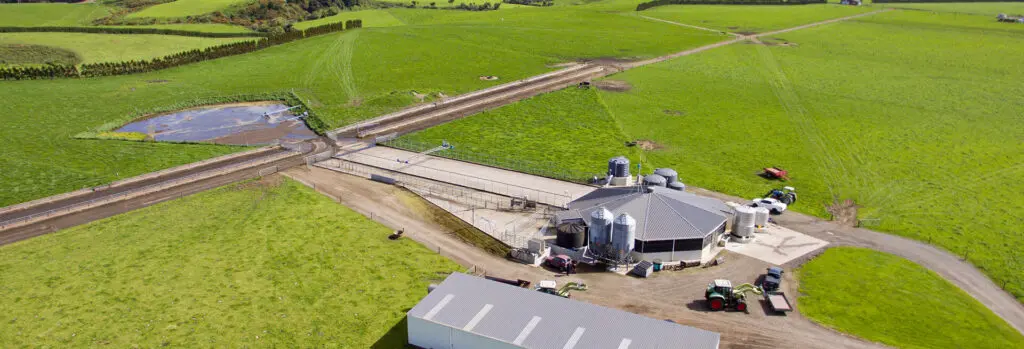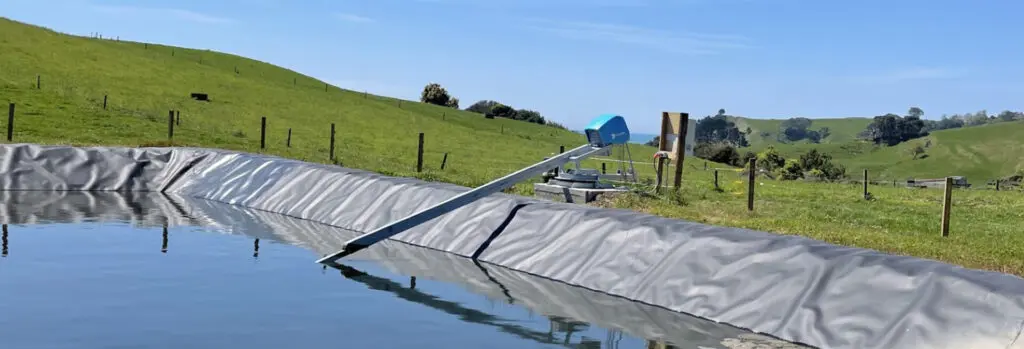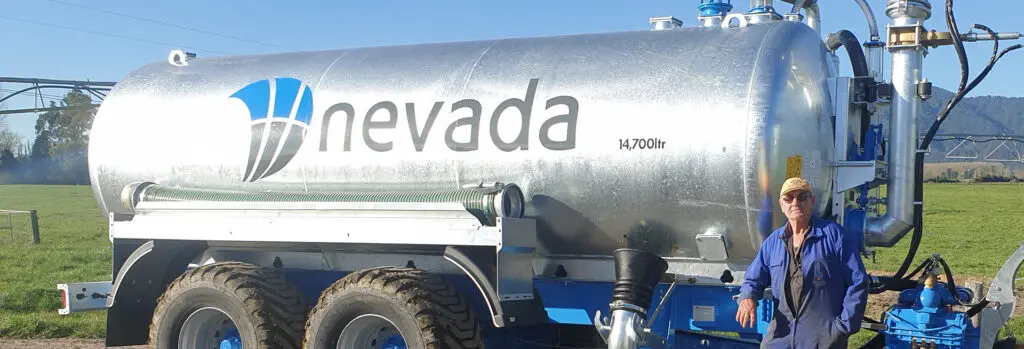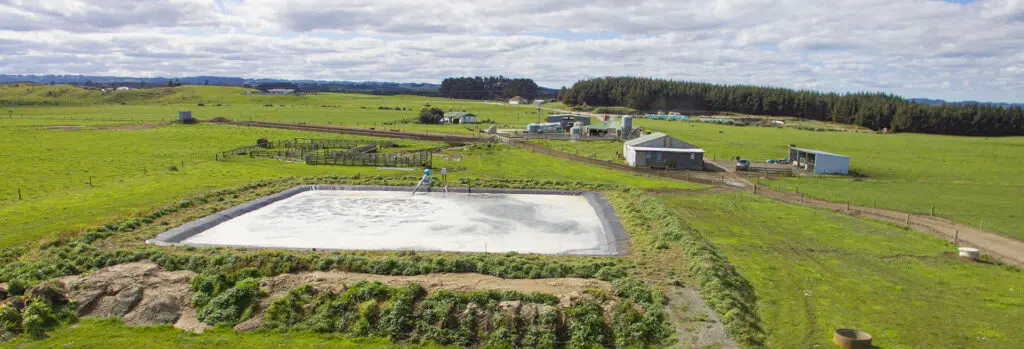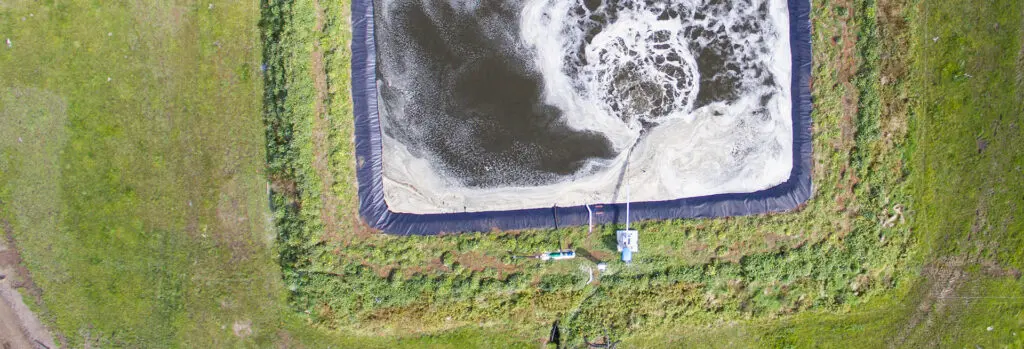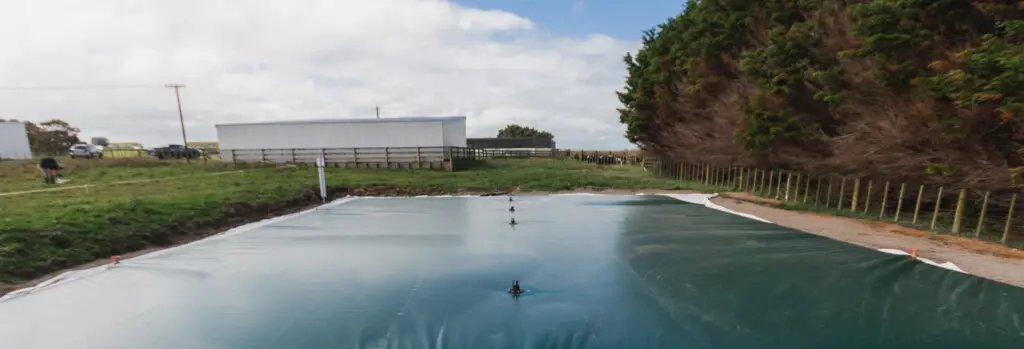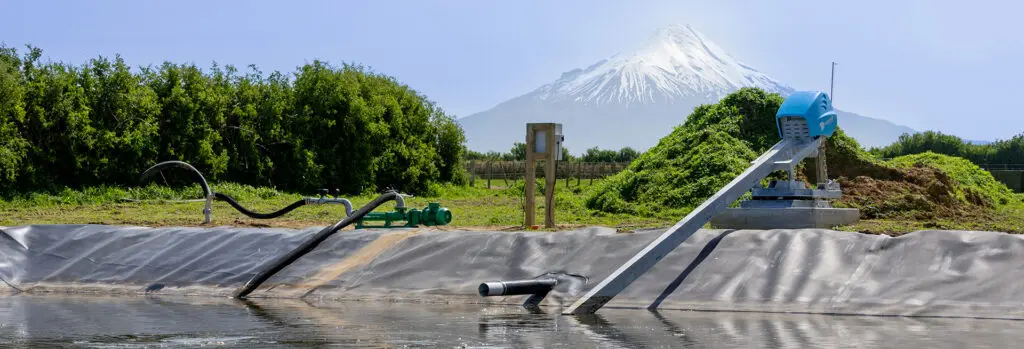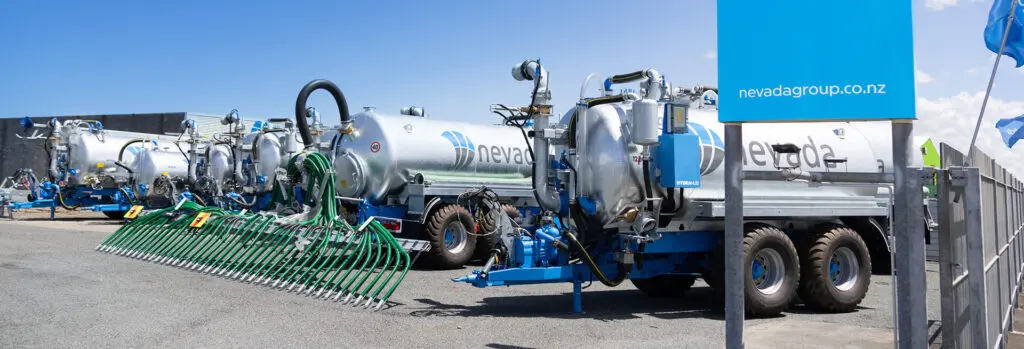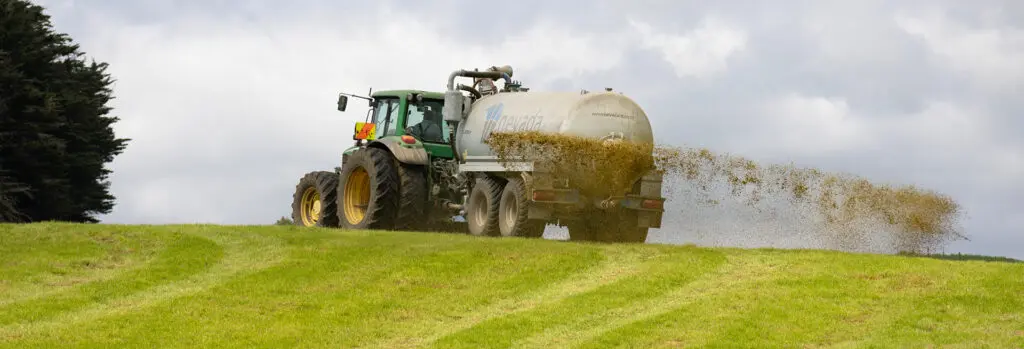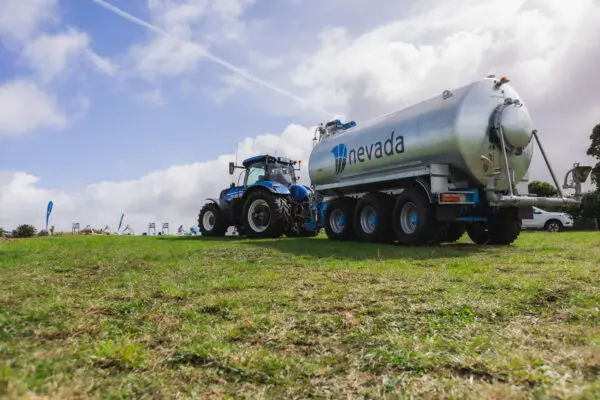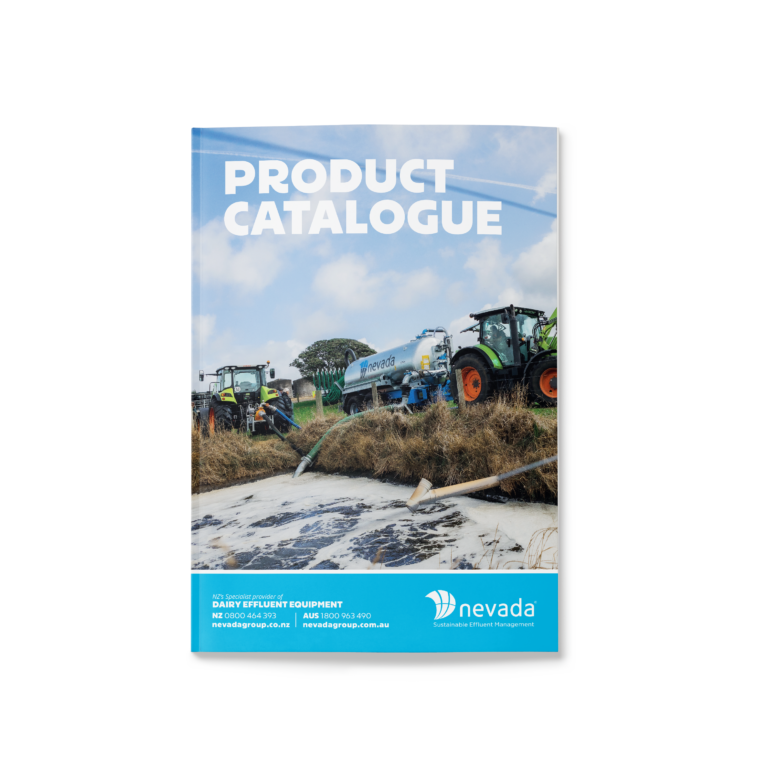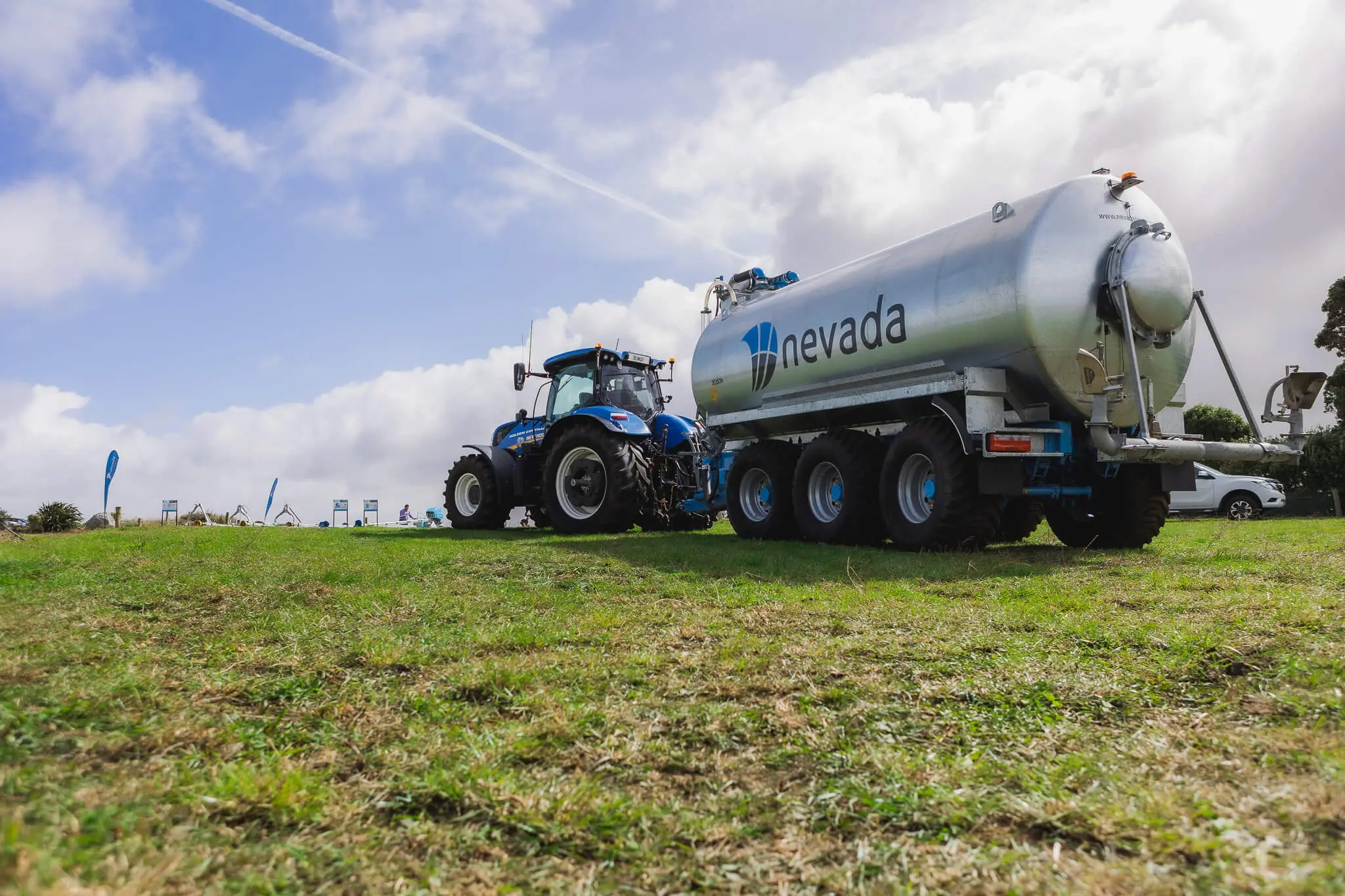
What are the rules? Rules around feed pads/lots or stand-off pads will differ between councils, but in essence, there is a requirement that their design and infrastructure must include the effective collection and disposal of effluent from not only the feed pad itself, but the entry/exit/transit races and silage/supplementary feed storage bunkers. Why is this […]

Dairy, poultry or piggery effluent storage often contains a lot of fibres from food, hair, feathers, hay, straw, and whatever else might make it’s way in there – all of which needs to be broken down and mixed. This is important not just for providing maximum nutrient value for spreading over pasture, but also for […]

1. It’s More cost effective We’re putting this point first, because it’s commonly thought that galvanising will cost more than zinc paint which can turn the more frugal investor off. Not only is it a total myth that galvanising is more expensive, but as you will see it’s something you can’t afford not to have […]

Do I need to line my effluent pond? If it’s leaking, getting it lined will be your best option for fixing that up. Signs of leaking may be patches of consistently damp ground with very green grass, or ponding. However leaking can occur without any noticeable signs. A lot of dairy farmers are choosing to […]

There’s no doubt about it – a good slurry stirrer will be able to effectively and efficiently get your whole pond thoroughly mixed. Electric shore mounted stirrers, or PTO stirrers provide the right angle to get the whole pond swirling and keep the sediment from settling at the bottom of the pond, but if you […]

Application Typically an umbilical system is thought to have a dropper boom/dribble bar applicator, however the range of applicators for umbilical drag hose systems is much the same as slurry tankers. With either system, we typically recommend a RainWave™ applicator due to their speed, low pressure & volitisation, minimal wind drift, high nutrient impact and […]

When a bladder tank is best One of the main features of a bladder tank is that it provides a closed effluent storage solution. The benefits of closed storage is that there’s no risk of oxidation, external contamination, evaporation, or people falling in! They are also transportable and earthquake resistant. This makes bladder tanks the […]

Cost effective At the same output, electric pond stirrers are generally cheaper to run per hour than a PTO slurry stirrer and are also more consistent. Electric motors have also been proven to have significantly less wear and tear than a PTO. TIP: To be even more cost and time efficient, program your electric slurry […]

What happens if a vacuum pump overheats? As the metal heats up, it expands, and the vanes seize in the body of the pump (the rotor seizes in the bore). If you’re lucky this will be repairable with just a few vanes breaking, however the more likely outcome is a broken block which usually comes […]

1. Corrosion Resistance For a slurry tanker to last, it’s essential it is built to be corrosion resistant inside and out. While the coating on the outside protects it from the elements, the inside is even more important. Effluent is a highly corrosive material, and without a high level of corrosion resistance on the inside, […]

Single Axle Slurry Tankers Single axle tankers are a great choice for small farms and softer soils. They have the benefit of being able to turn easily with minimal scuffing and having two less wheels can mean they have a slightly reduced tare weight. For safety purposes single axles are recommended for slurry tankers with […]

When Electric Is Best Electric pumps are our first recommendation if your pump is just servicing the one effluent pond/tank, and you’re able to get electricity running down to the storage area. We recommend electric pumps because they are easy to automate and have much lower running costs then diesel and PTO pumps. They also […]
